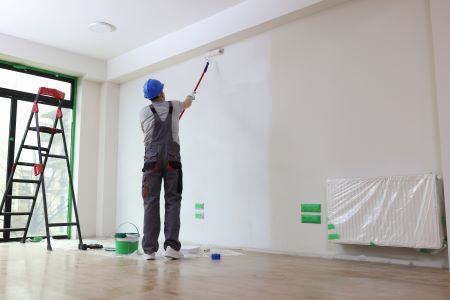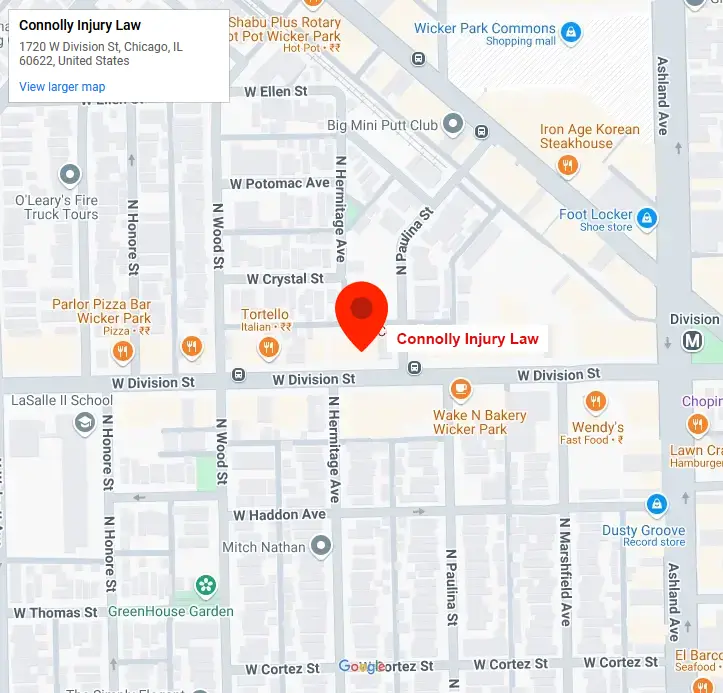6 Hazards Commercial Painters Face On The Job In Illinois

The work of a painter is an important one. Painters are essential to creating pleasant spaces. Painters can work at various workplaces, both indoor and outdoor construction sites. Like other workers, painters face various hazards while on the job. It is crucial that painters understand the potential risks associated with their work. That way, they will be able to stay safe. Below, we discuss six hazards commercial painters face on the job.
#1: Chemical Exposure
One of the hazards commercial painters face while on the job is chemical exposure. The paints, solvents, and other chemicals used by commercial painters can be harmful when inhaled. Chemical exposure can result in respiratory issues, skin irritation, and headaches. The chemicals painters use can also cause severe irritation to the eyes.
Lead-based paint, in particular, can be quite harmful. While lead is no longer used in new construction or paint, painters can get exposed to this substance when working on an old building covered with lead-based paint. Lead is a dangerous substance that can cause serious issues, such as high blood pressure, kidney damage, and cardiovascular problems.
Asbestos is another material that is no longer used but can still harm painters. Asbestos can be found in buildings that were built before 1980. When asbestos fibers become airborne, painters can inhale the fibers and suffer serious illnesses, such as mesothelioma, lung cancer, and asbestosis. It is crucial to know if asbestos is present in a building and have it removed by professionals before starting a painting project.
#2: Trips, Slips, and Falls
Painters can trip, slip, and fall when working on scaffolding or ladders. Also, a painter working in a cramped, cluttered, and busy environment can trip, slip, and fall. For instance, a painter can trip or slip on a misplaced brush. The following are some of the things painters can do to prevent trip, slip, and fall incidents;
- Maintain a clean workspace
- Secure scaffolding and ladders
- Wear appropriate footwear
- Wear appropriate personal protective equipment (PPE)
#3: Electrical Hazards
Working close to live electrical power lines or equipment or near exposed wires can create a risk of electric shock. Painters should always ensure they check for any electrical hazards before starting a job. Painters should ensure they take the necessary precautions when working near live electrical power lines, equipment, or exposed wires.
#4: Physical Strain
Another common hazard commercial painters face on the job is physical strain. Painters engage in many repetitive tasks that can cause strains or injuries to muscles and joints. For example, constant bending and lifting can cause strains or injuries in the back or shoulders.
#5: Fire Hazards
Some paints are flammable. There is a high risk of fire or explosion when working around open flames or in poorly ventilated areas.
#6: Noise Exposure
Noise exposure during painting can result in hearing impairment if a worker does not have the proper ear protection or if they don’t use the protection consistently.
Workers’ Compensation for Painters
After a painter suffers an injury on the job, they may be eligible to recover workers’ compensation benefits. If an employer has workers’ compensation, a painter who suffers an injury while on the job can file a workers’ compensation claim and recover benefits. An attorney can help with seeking workers’ compensation benefits.
Legal Help Is Available
For legal help, contact our Chicago workers’ compensation lawyer at Connolly Injury Law.

